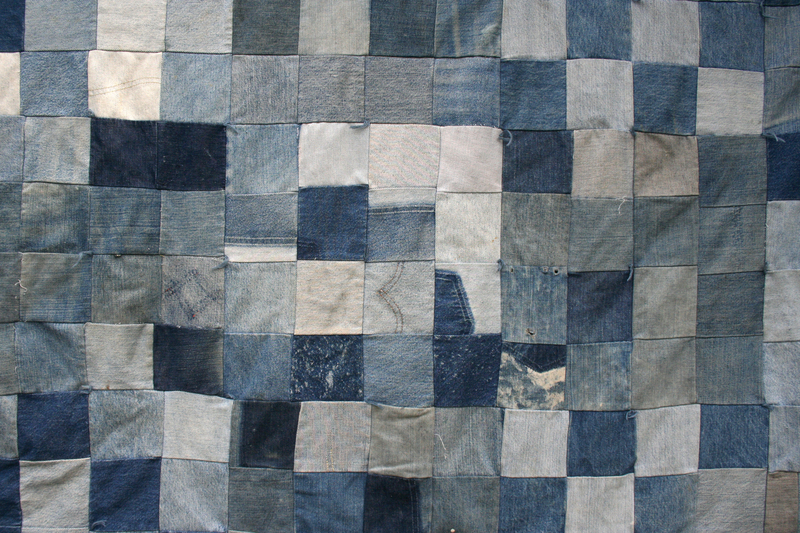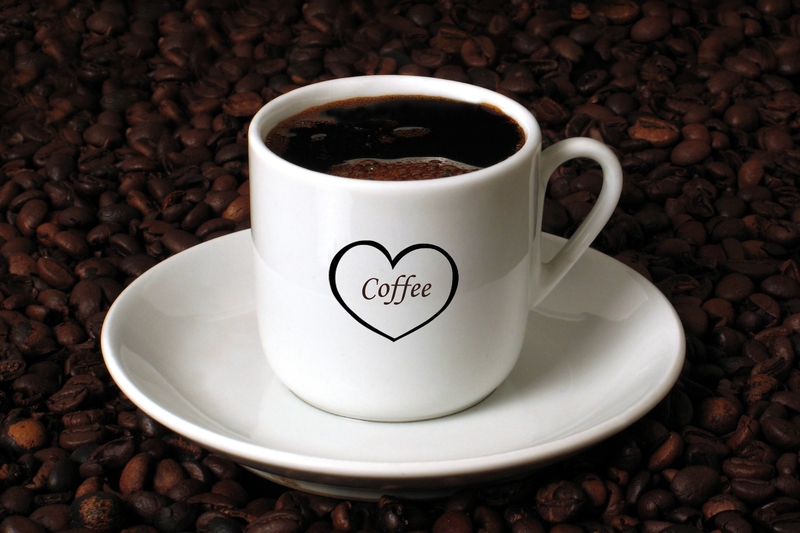Top Tools and Techniques for Hoarder Clean Up and Clutter Removal
Cluttered homes and spaces overwhelmed by hoarded items can have a significant impact on one's health, safety, and well-being. If you're dealing with hoarder clean up and clutter removal, knowing the right tools and techniques can transform an otherwise daunting process into a manageable, successful project. This comprehensive guide covers all you need to know about decluttering for hoarders, ensuring a safe, organized, and stress-free experience.
Understanding Hoarding: The First Step in Effective Clean Up
Hoarding disorder is more than just a reluctance to let go of items. It often involves intense emotional attachment to possessions, making removal both emotionally and logistically challenging. Recognizing the nature of the problem is essential for choosing the right approaches for clutter removal and hoarder clean up.
- Emotional Support: Offering empathy and patience is as important as the physical process of clearing.
- Safety Concerns: Hoarded environments may harbor mold, pests, or structural damage, requiring special precautions.
- Professional Assistance: Sometimes, professional hoarder clean up services are recommended for severe cases.

Essential Tools for Hoarding Clean Up and Clutter Removal
Choosing the right tools can significantly boost efficiency and safety during a hoarder clean out job. Here are the top must-have items:
1. Heavy-Duty Trash Bags and Industrial Bins
- Thick, tear-resistant bags designed to handle heavy clutter and sharp objects.
- Large bins help categorize items for sorting, donating, or discarding.
2. Protective Gear for Safety
- Gloves: Shield hands from broken items, sharp edges, and contaminants.
- Face Masks or Respirators: Protect against dust, mold spores, and unpleasant odors.
- Goggles: Safeguard eyes from flying debris during the clean up process.
- Coveralls: Body suits help keep clothing clean and protect skin from hazardous materials.
3. Cleaning and Sanitization Supplies
- Disinfectant sprays and wipes for surfaces and hands.
- Anti-mold solutions to prevent health issues.
- Paper towels, sponges, and mops for thorough cleaning after clutter removal.
4. Sorting Containers and Labeling Tools
- Clear plastic bins or cardboard boxes for grouping items: keep, donate, or discard.
- Permanent markers and color-coded labels to ensure organized categorization.
5. Hand Tools and Equipment
- Utility knives and scissors: For cutting through bags, opening boxes, and handling packed clutter.
- Grabbers and reacher tools: Essential for hard-to-reach corners or under piles of objects.
- Dollies and moving carts: Help safely move heavy loads without risking injury.
6. Cleaning Machines
- Shop vacuums: For powerful suction of dust, debris, and liquids from various surfaces.
- Steam cleaners: Useful for deep cleaning, removing stains, and eliminating bacteria and odors.
7. Digital Tools for Organization
- Inventory apps for tracking donations, valuables, and essential documents found during the clean up.
- Digital checklists to plan the process and track progress efficiently.
Proven Techniques for Hoarder Clean Up and Decluttering
The process of removing clutter from a hoarder's home requires more than just physical effort. Here are proven strategies to ensure effective results:
1. Create a Hoarder Clean Up Plan
- Assess the area: Walk through the house, noting hazardous spots and clutter density.
- Set realistic goals: Break the clean up into manageable sections: room by room or category by category (clothes, papers, kitchen items, etc.).
- Set a timeline: Determine how many days or sessions the clean up may take, factoring in emotional needs and practical constraints.
2. Follow the Sort-and-Remove System
- Designate spaces or bins for what to keep, donate, and discard.
- Remove trash and obvious clutter with each pass, then focus on items needing more thought.
- Dispose of hazardous materials properly, consulting local disposal guidelines.
3. Use the Four-Box Method
- Keep Box: Items with clear, ongoing value.
- Donate / Sell Box: Items in good condition but no longer needed.
- Storage Box: Seasonal or infrequently used items.
- Trash Box: Items that are broken, expired, or unusable.
4. Work in Teams for Efficiency
- Assign roles: one for sorting, another for cleaning, others for moving items or handling trash.
- Enlist friends, family, or professionals for support, especially when tackling large hoarding cases.
5. Prioritize Safety and Health
- Ensure good ventilation during clean up, especially in dusty or moldy spaces.
- Take regular breaks and stay hydrated.
- Recognize and address hazards such as sharp objects, broken glass, and biohazards.
6. Deep Clean After Clutter Removal
- Once clutter is removed, thoroughly sanitize every surface, floor, and piece of furniture.
- Treat for pests if needed, or contact pest control professionals for severe infestations.
- Repair or replace any damaged or unsafe structural elements.
7. Emotional Support and Aftercare
- Consider counseling or therapy support for the hoarder, as decluttering can be emotionally taxing.
- Set up regular check-ins to help prevent relapses into hoarding behaviors.
Professional Hoarder Clean Up Services vs. DIY Clutter Removal
When it comes to large-scale hoarder cleaning projects, homeowners and families often face the choice of hiring professional services or tackling the job themselves. Both options have distinct benefits and challenges.
Benefits of Professional Hoarder Clean Up Services
- Expertise in handling hazardous materials and biohazards.
- Access to specialized industrial equipment and cleaning techniques.
- Experience with emotionally sensitive clients and discreet, non-judgmental services.
- Faster turnaround and comprehensive deep-cleaning solutions.
When DIY Clutter Removal Works Best
- On projects with lesser clutter levels or minimal health risks.
- When the hoarder is actively involved and comfortable with the process.
- For gradual, ongoing decluttering rather than urgent clean up needs.
In severe hoarding situations involving pests, biohazards, or structural damage, professional hoarder clean up teams are strongly recommended for safety and compliance.
How to Prevent Clutter and Hoarding Relapse
Decluttering a hoarded space is only part of the journey. Long-term success requires strategies to maintain order and prevent clutter from returning.
- Establish new routines: Set aside time weekly for tidying up and addressing new items.
- Stay organized: Use labeled bins, shelving, and digital reminders to maintain a minimalist environment.
- Encourage support networks: Family, friends, or community groups can help reinforce positive behaviors.
- Set clear boundaries for new items: Adopt a "one-in, one-out" policy to limit accumulation.
- Regularly assess your space: Periodic reviews can catch problem areas before they escalate.
Top Products for Hoarder Clean Up and Clutter Removal (2024)
Here's a quick guide to popular, highly-rated tools and equipment for clutter removal and hoarder clean up:
- Contractor's Trash Bags: Heavy-duty, leak-resistant.
- ProGrip Reacher Tool: Extended reach for tight spaces.
- Rubbermaid Brute Bins: Stackable, durable storage.
- 3M Protective Respirators: Essential for dust and allergens.
- Lysol Disinfecting Wipes: For quick, thorough cleaning.
- Bissell CrossWave Multi-Surface Cleaner: Simultaneous vacuum and mop action.
- Sharpie Industrial Markers: Clear, lasting labels that won't fade.

FAQs: Hoarder Clean Up and Clutter Removal
What is the fastest way to clean a hoarder's house?
Divide the area into small sections, use a sort-and-remove system, work in teams when possible, and equip yourself with appropriate safety and cleaning tools.
Are there health risks involved in hoarder clean up?
Yes. Dust, mold, pests, and biohazards can pose risks. Always wear proper protective gear and consider professional help for severe cases.
Should you hire a professional for hoarder cleaning?
Professionals are recommended for large-scale or hazardous situations. For small, manageable jobs, following best practices and using the right tools is often sufficient.
How do you emotionally support someone during clutter removal?
Be patient, non-judgmental, and offer encouragement. Involve mental health professionals if you encounter emotional resistance or distress.
Conclusion: Achieving Success with Hoarder Clean Up
Tackling hoarder clean up and clutter removal is a challenging, yet rewarding process that restores safety, comfort, and peace of mind. Whether you're helping a loved one or managing your own space, the right tools and techniques are crucial for a successful and sustainable transformation. Combine solid planning, essential equipment, teamwork, and compassionate support for the best outcome. Remember, cleaning a hoarder's home isn't just about removing objects--it's about reclaiming a healthy, livable environment for everyone involved.
